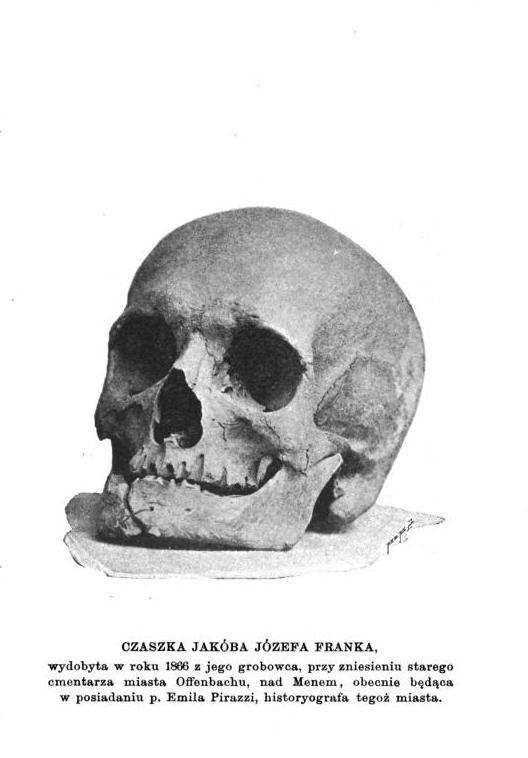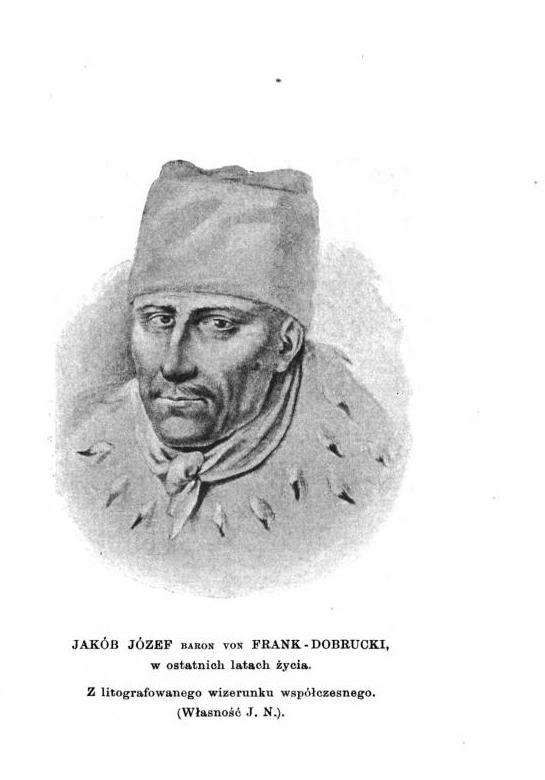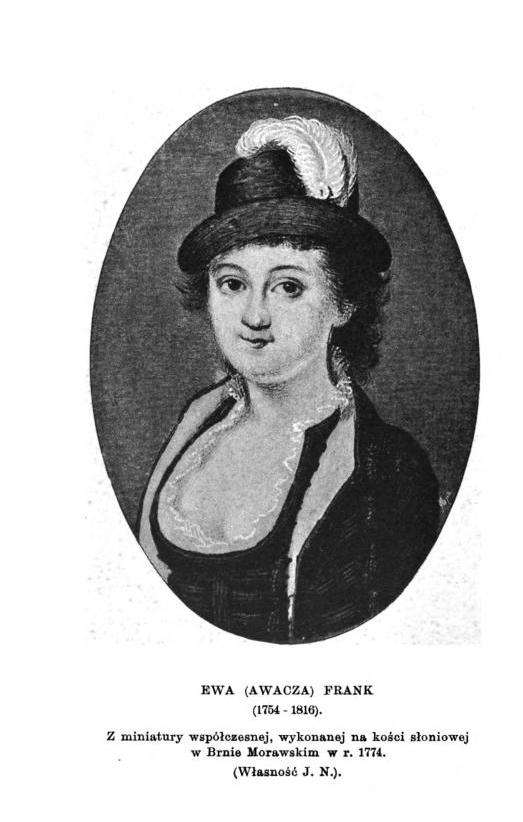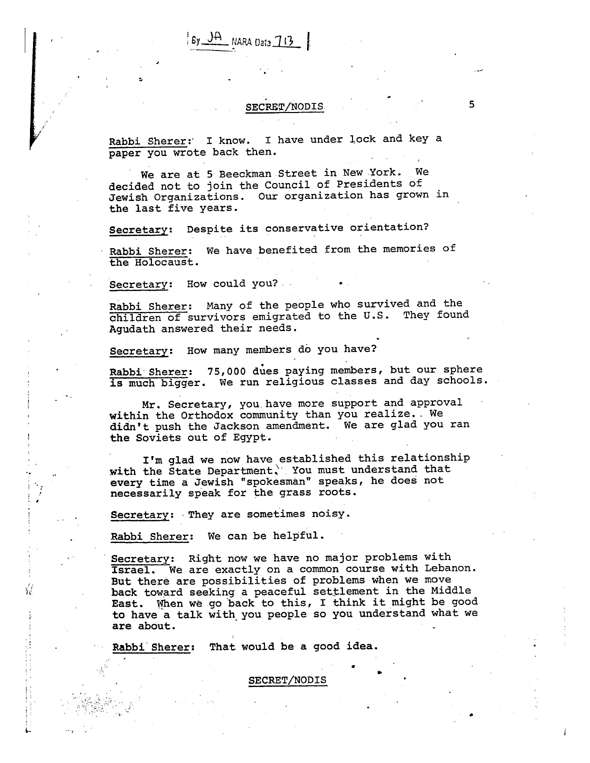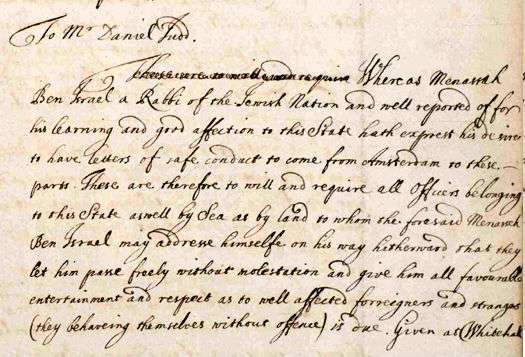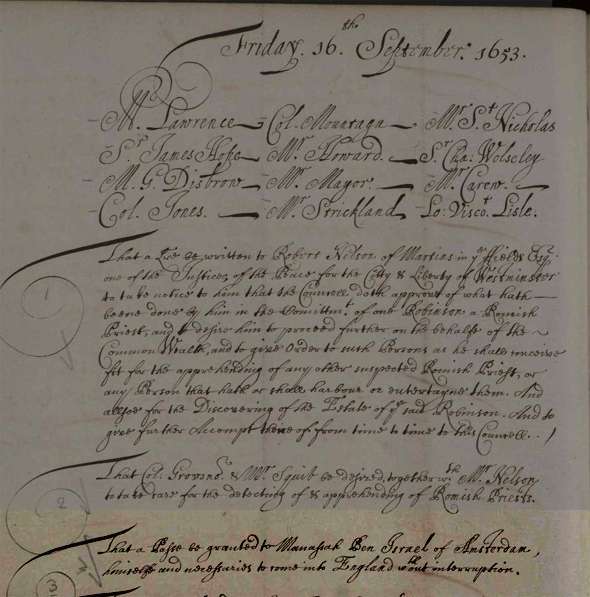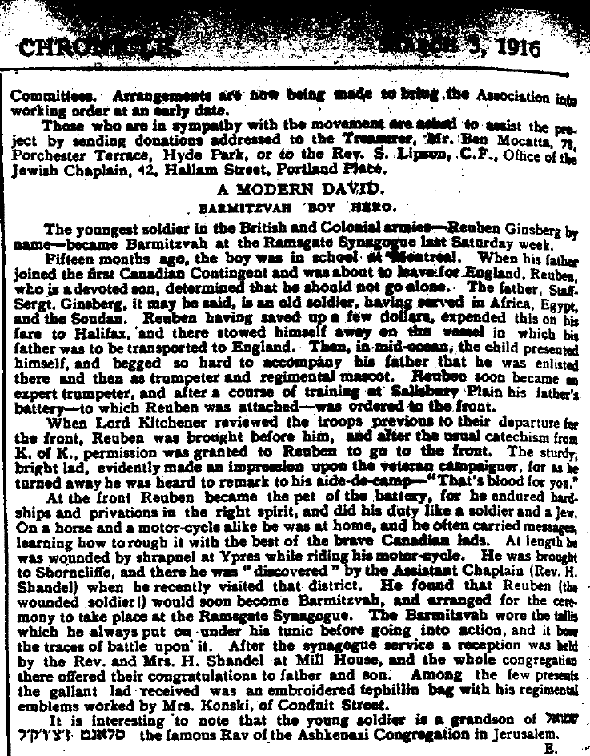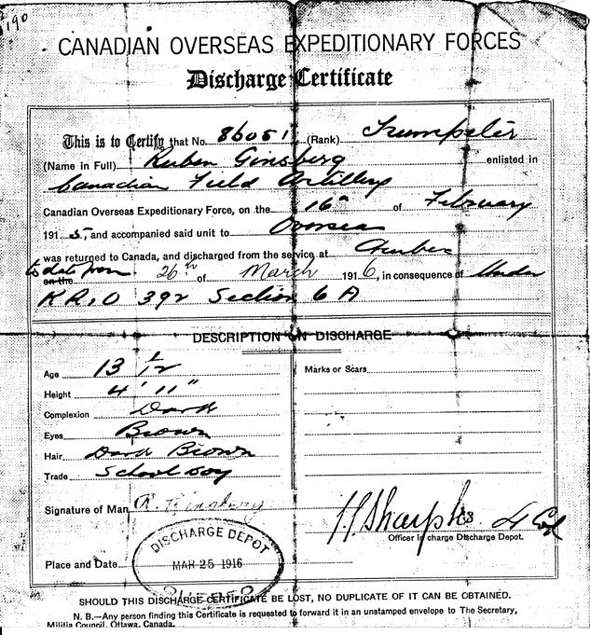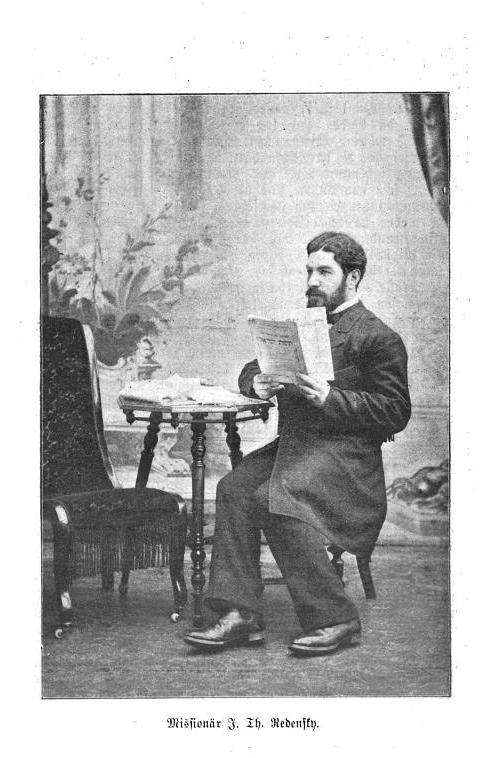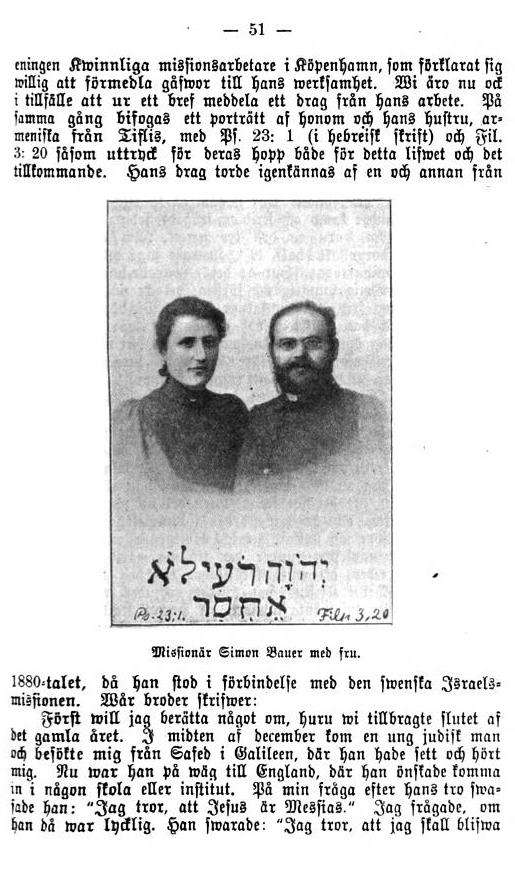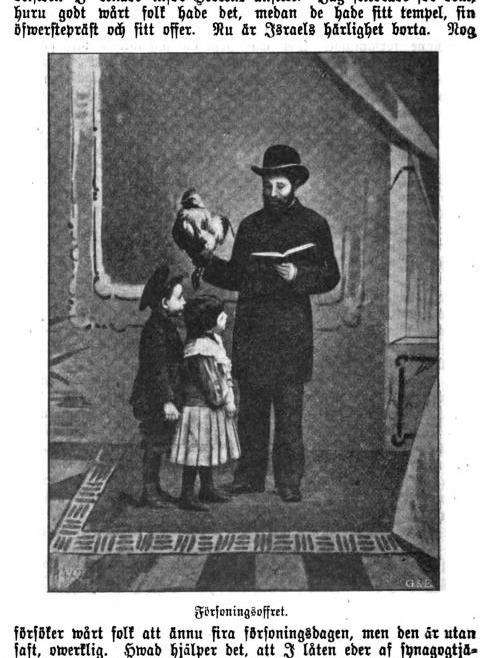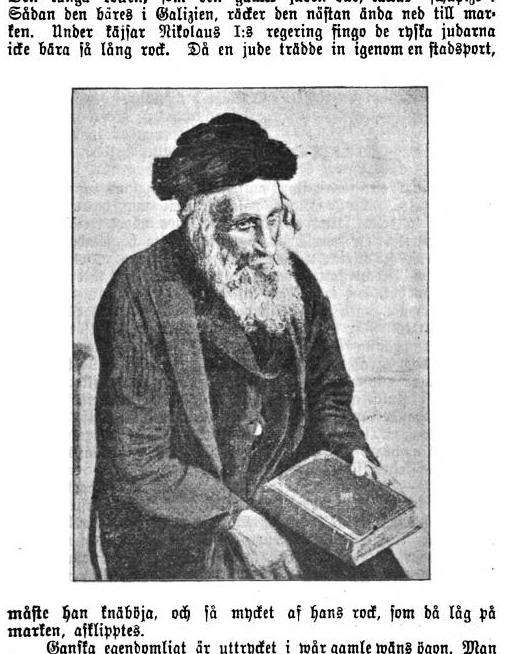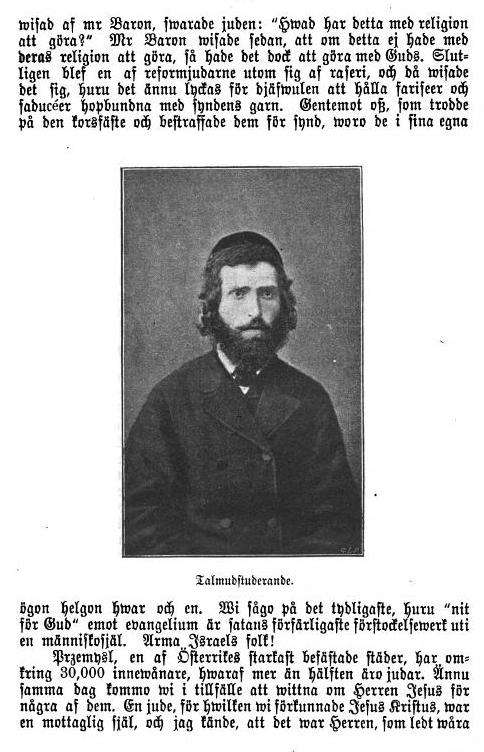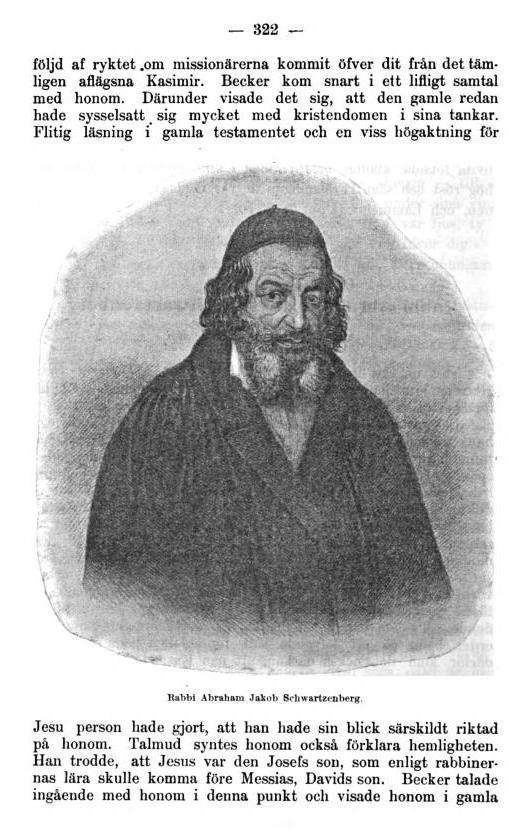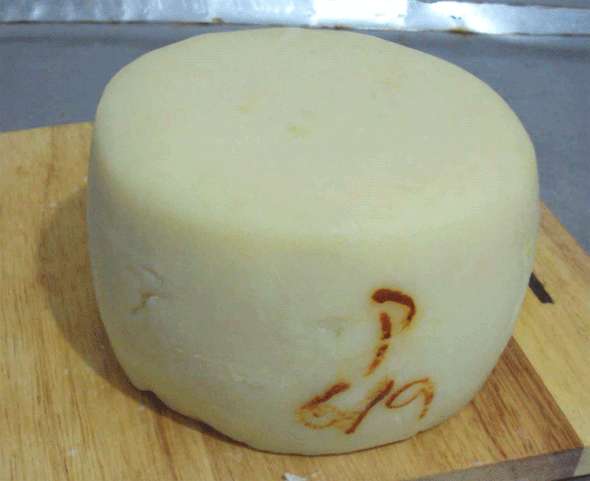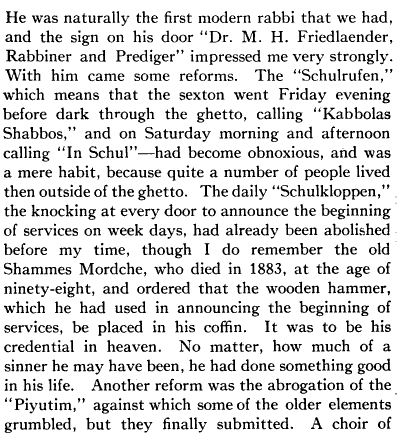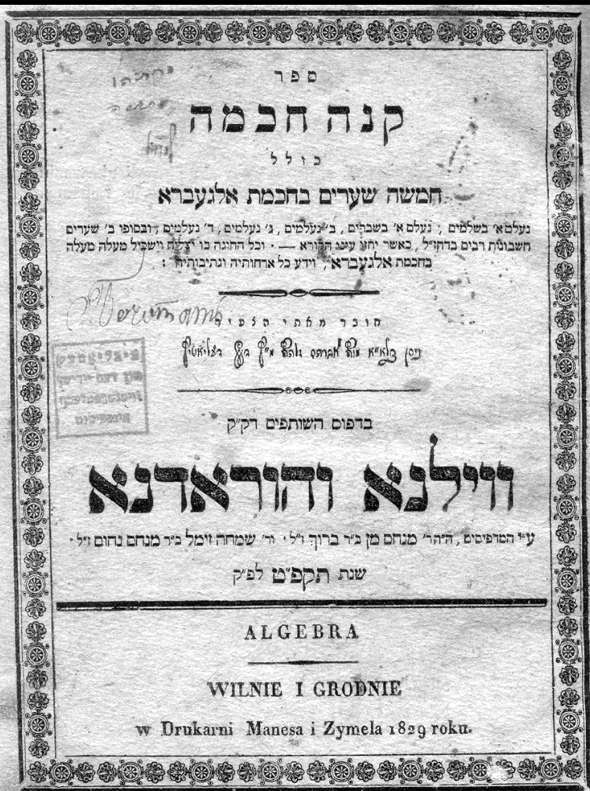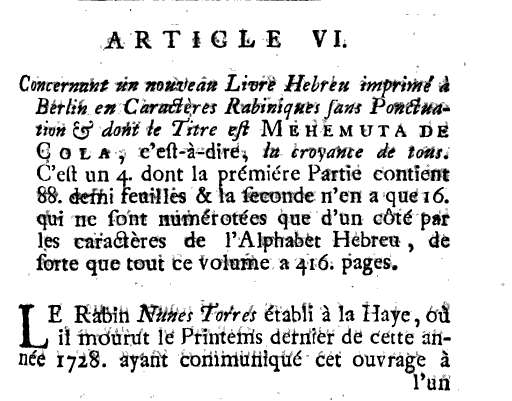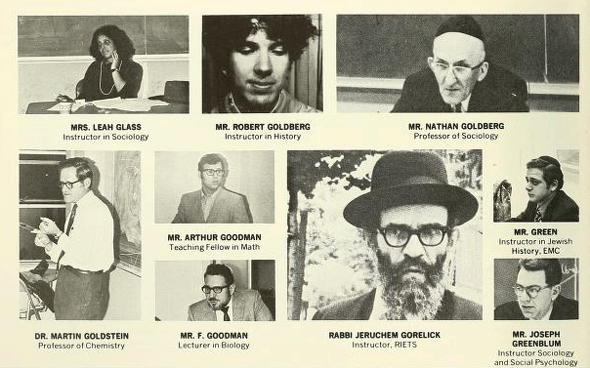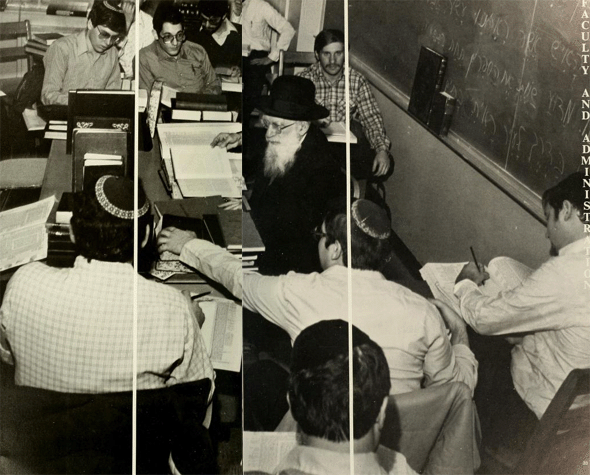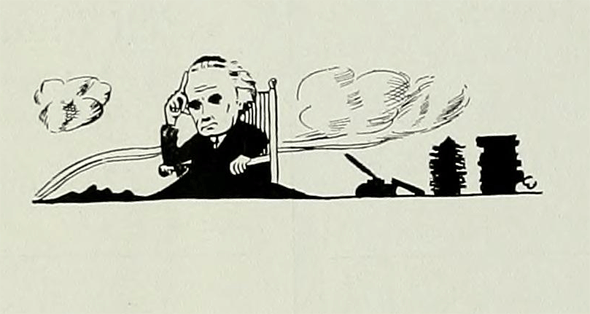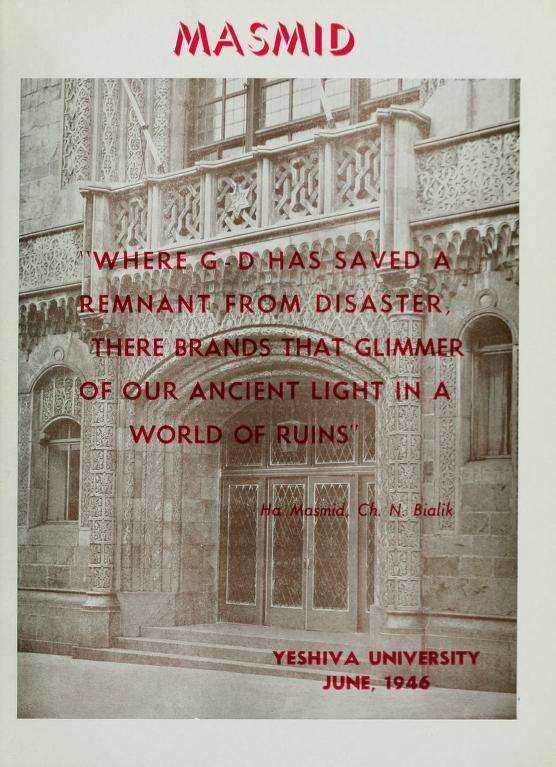In two prior posts about the so-called Jewish Oath required in most European courts into the 19th century, I presented a particular form of the oath from 1737, where a Jew was required to put on his
tallit and
tefillin (and recite the blessings), hold a kosher Torah scroll and recite various Hebrew formulae (
link). This was actually far more civilized than earlier forms of the oath. For example, one which required the Jew to stand on a bloody pig skin while wearing very little clothes (or a hair shirt) and touching a Torah. Below is a well-known example depicted in 17th century Breslau:

My
second post presented a responsum by R. Ezekiel Landau, who was asked by the Imperial Censor of Hebrew books, if in fact Jews are allowed to swear falsely if they're holding a Torah that isn't kosher. I noted that that the question was being asked of a rabbi. That seems counter-intuitive. Someone who is so suspicious of Jews that they'd have such a question doesn't seem likely to inquire of a rabbi, or expect him to tell the truth. Bu it seems that the censor Leopold Tischler was actually trying to put rest to the idea that Jews allow themselves to lie under oath if only they are holding an invalid Torah. Thus he was working with Rabbi Landau.
This third post is about a responsum written almost exactly 204 years ago by the foremost pupil and rabbinic successor of R. Ezekiel Landau, namely Rabbi Elazar Fleckeles. Following in the footsteps of his
rebbe, and following in the footsteps of his predecessor Imperial Censor,
Responsum #26 in
Teshuva Me-ahava is a question from Karl Fischer concerning Jewish oaths. (For more about the bond of friendship between Rabbi Fleckeles and Karl Fischer, see
here.)
Fischer asked, Is it true that in
halacha there is a recognized difference between a Jew making an oath to a fellow Jew, as opposed to making an oath to a Gentile? If there is a difference, does it make a difference if the Jew swears while lying in a coffin dressed in a burial shroud (
kittel)? For that matter, what about someone who had suggested to swear while holding a Zohar, since in the opinion of the pious Jews (
Chassidei Yisrael) the Zohar is especially holy and awesome? - they believe that if someone was touching it and said anything false they'd die in a matter of days:

Rabbi Fleckeles' response is roughly as follows: The answer to the first question is no. Wherever the Torah mentions an oath it gives no indication that there is any difference between an oath sworn to a Jew or non-Jew, as opposed to other things which the Torah
does make a distinction. He then brings many proofs by analyzing biblical and rabbinic texts.
Although a "no" to the first question should make the other questions moot (obviously the answer is, these things make no difference) Rabbi Fleckeles took the opportunity to address them as well.
In his opinion these extras are a bad thing, because although the law is that all oaths are binding in and of themselves, adding things gives the ignorant Jew the impression that without them his oath
isn't binding. The person with the new, brilliant idea of swearing while holding a Zohar will raise scorn out of all who hear of it, because it suggests that a Jew who feels something lacking in God's Torah to the extent that he would swear falsely while holding it, would anyone believe that by holding a Zohar he'd be afraid to swear falsely?
Rabbi Fleckeles then takes the opportunity to give his opinion regarding those who say that the Zohar is entirely holy: "I say, I would swear on a Torah that the Zohar contains many forgeries and mistaken additions." One bit of Talmud dealing with the arguments of Abbaye and Rava is holier than the whole Zohar. Furthermore, the Zohar lacks all pedigree or a single mention in all of rabbinic literature before its appearance, purporting to be written by the
tanna Rabbi Shimon bar [sic] Yochai. It isn't mentioned by Rabbenu Hakadosh in the Mishnah, nor by Rabbi Yochanan in the Yerushalmi, nor by Ravina and Rav Ashi in the Bavli. Rabbah ban Nachmani didn't mention it in the Midrashim, nor the Rabbanan Savorai, nor the Ge'onim, the Rif, Rambam, Rashi, Tosafists, Ramban, Rashba, Rosh or the Tur. Nor is it mentioned in the Yalkut Shimoni, Mechiltot or Beraitot. Not one of them knew it, until 300
(!) years ago when it was said that it was discovered and accepted like the Rambam explained the that the Bavli and Yerushalmi were.
Rabbi Fleckeles pauses from this very very clear position to clarify that he most certainly does not, God forbid, mean to cause even a slight lessening of respect for the honor of the godly tanna Rabbi Shimon bar Yochai, who was one of the greatest saints. He is just pointing out that he did not nor could he have written it, and anyone with half a mind will agree. Many Tannaim and Amoraim who lived long after Rashb"y are mentioned. These[i.e., the anachronisms] are listed in Rabbi Yaakov Emden's
Mitpachat Sefarim, who suspected Rabbi Moshe de Leon of being responsible for them.
He then opines that from the day that the Zohar appeared many stumbled because of it, the believers in Shabbetai Zevi, Beruchya of Salonica, Jacob Frank. They all relied on the Zohar, and certainly the righteous Rabbi Shimon bar Yochai cannot be responsible for them.
Speaking of Frank, in the time of the writing of this responsum (=1806) the Frankists were widely known as Zoharites.
I would like to thank Eliezer Brodt for calling my attention to this
teshuva many months ago. At the time the interest was concerning the Zohar, but it's really about Jewish oaths.
Interestingly enough, the phrase that the Zohar was unknown until 300 years earlier (=1500) is not a misprint. Eliezer pointed out to me several other places where Rabbi Fleckeles mentioned the Zohar, such as the following from his book
מלאכת הקדש:
והיא נפלאת בעיני כפי המפורסם זה שלש מאות שנים חבור הספר הזוהר מהתנא האלקי רשב"י עליו השלום . . . יאמר נא יראי ה' אם זה הספר תולדות אדם גדול וקודש רשב"י הוא הוי ליה על פנים להזכיר דעתו בזה וצריך עיון רב ליישב על פי פשוט
One wonders why he Rabbi Fleckeles reckons 300 years since the Zohar, when it really was closer to 500 years. It can't even be since the Zohar was printed, because that didn't occur until 1588. The only thing I can think of is that the Spanish expulsion occurred 300 years earlier, and perhaps Rabbi Fleckeles dates the negative effects of the Zohar to that period.
Compare to Shadal in his introduction to the Hebrew language (1836). He explains the reasons for the decline in what he calls the "theoretical study" of the Hebrew language among Jews in the 300 years since the expulsion from Spain, while Christian Hebraism ascended and advanced during the same period. Shadal explains how conditions for such study were very favorable for Christian scholars but unfavorable for Jews. The former were salaried by the government in universities. The latter had to support themselves, and teaching - much less studying - grammar was not a way to do that. In addition, Jews knew Hebrew, however "well or badly" almost from infancy, while Christians picked it up at an older age and were more sensitive to their own shortcomings. That spurred higher quality study:
"This need was still less perceptible by the Israelites in the last three centuries than it was beforehand, due to the moral dejection of the entire nation brought on by its expulsion from Spain.
This fatal event damaged philological studies in two ways.
Firstly, the downcast spirits were afraid to stray from the judgments of the ancients, who were blindly venerated and almost worshiped by them. The pusillanimous mind sees with the eyes of others, resting on the knowledge of some notorious scholar,
Di quel si pasce, e piu oltre non chiede.
No one ever dared to contradict Kimhi; and having assumed that this maestro was ignorant of nothing and was mistaken about nothing, who would ever feel a need to repeat the research and investigate further? We have already seen the scandal aroused by Hanau with his book criticizing the ancient Grammarians.
Secondly, the same disheartenment, inclining spirits toward allegorical and mystical interpretations, did not allow the need to be felt for deeper philological investigations. The anomalies were mysteries that were adored, and Kabbalistic doctrines gave reasons for everything. Grammatical explanations were not appreciated: the philologist seemed, and still seems to some, a profaner of sacred things, a sacrilegious person; or at least was pitied as a poor man with narrow views."
(
Prolegomena to a grammar of the Hebrew language, p. 62, trans. by Aaron Rubin)
Perhaps in some similar way Rabbi Fleckeles traced the negative effects of the Zohar to the same period (albeit not necessarily for the same reason!). The fact that he didn't date it to 150 years before 1800 - that is, in the period when Shabbetai Zevi arose - may be a proof that those who dismiss his view of the Zohar as insincerely held and merely a polemical point in his war against Sabbatians and Frankists are mistaken.
Incidentally, one would probably expect that Rabbi Fleckeles's responsum would somehow have been censored at some point. Eliezer told me that "According to Shmuel Werses in
Haskalah and Sabbatianism, (Heb.) pp. 68 and and Boaz Huss in his
KeZohar Harokeyah (p.323) this teshuvah has been censored out of the 1912 edition of TM (I have not yet confirmed this independently). However, most reprints available today of the TM have this
teshuva in full, including the edition found on Hebrew books."
I don't know why they wrote that, because the copy of the 1912 edition on
Otzar Hachochma contains this
teshuva sans censorship.
See also
this post by Eliezer Brodt at the
Seforim Blog.
